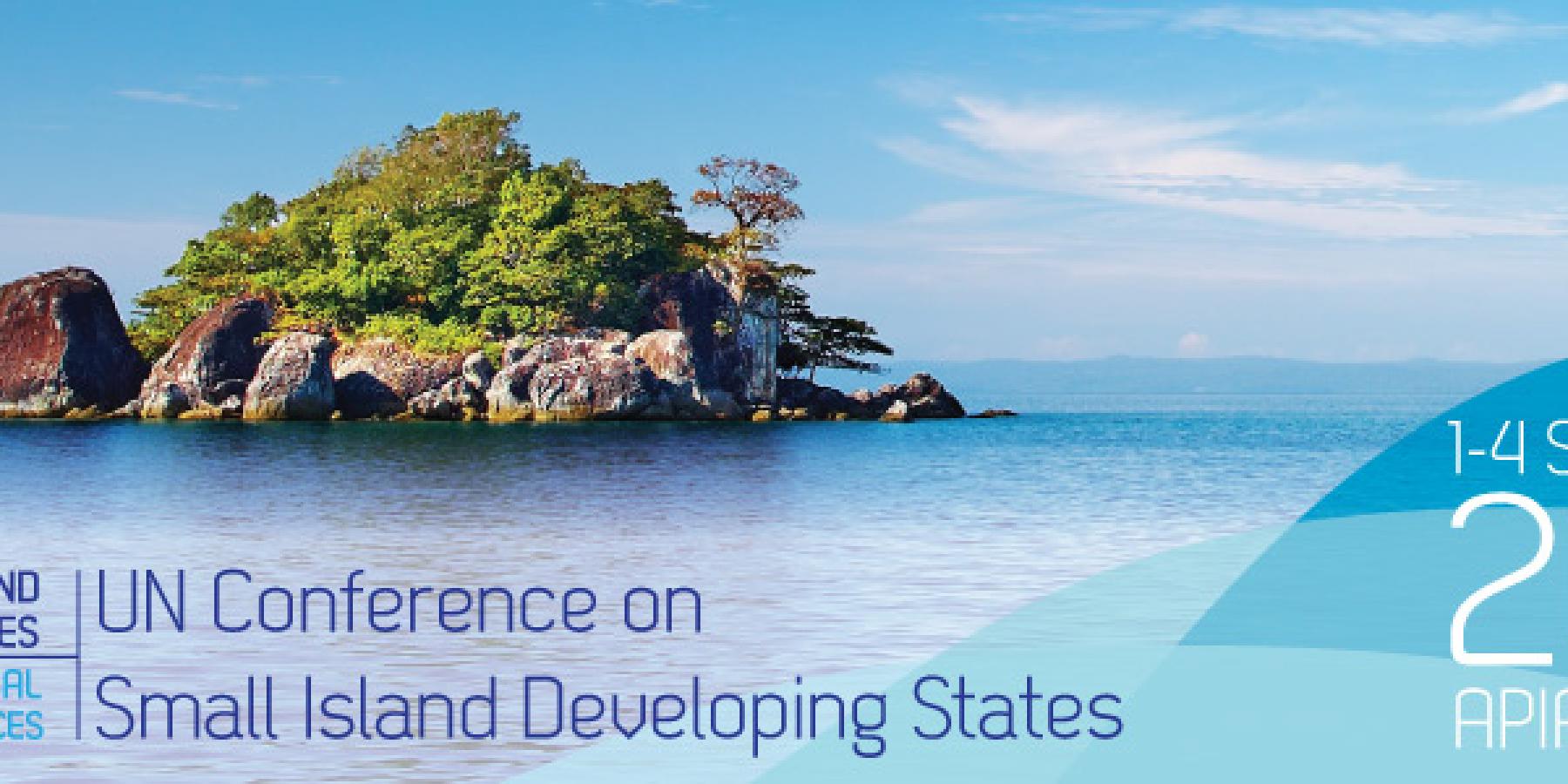
Small Island Developing States (SIDS) are particularly and especially affected by NCDs, with unacceptably high rates of morbidity and and mortality. Development challenges like climate change and disasters, and economic instability, only compund the vulnerability of SIDS and prevent overall development gains.
What are SIDS?
The United Nations Department of Economic and Social Affairs lists 52 small island developing states, across three geographic regions:
- the Caribbean
- the Pacific
- Africa, Indian Ocean, Mediterranean and South China Sea (AIMS)
Each of these regions has a regional cooperation body: the Caribbean Community, the Pacific Islands Forum, and the Indian Ocean Commission respectively.
What is the NCD burden in SIDS?
Recently, considerable attention has been focused on NCDs in SIDS, specifically within the Pacific Region. Currently, NCDs account for around 75% of all deaths in the Pacific, including much higher rates of premature (below age 60) deaths in many Pacific countries than the comparable global average. The top 10 countries with the highest overweight and obesity rates in the world are Pacific Island Countries and Territories, in part due to the fact that three of the top ten worst rates of tobacco use in the world are in the Pacific region.
NCDs in the Pacific Region: Advances in Policy
The 45th Summit of the Pacific Islands Forum in Palau adopted a Forum Communiqué on 1 August 2014, with very positive implications for the NCD response in the Pacific Region.
In the Forum Communiqué, leaders committed to support the Pacific Partnership for a Multi-sector Approach to Prevent and Control NCDs (among others), which was launched at the Third Conference on Small Island Developing States in Apia, Samoa, on 1-4 September 2014.
The NCD Partnership will be multisectoral, will likely be virtual to start, and will aim to significantly progress the prevention and control of NCDs in Pacific SIDS.”
The adoption of the Forum Communiqué follows the adoption of a specific statement on NCDs at the July 2014 Joint Forum Economic and Pacific Health Ministers Meeting in the Solomon Islands. This statement endorses the Pacific NCD Roadmap – a regional NCD strategy. Within the NCD Statement, the Economic and Health Ministers commit to considering five actions to develop country-specific roadmaps together.
Third International UN Conference on Small Island Developing States: September 2014
Heads of State and Government, ministers, and other relevant stakeholders met in Apia, Samoa on 1-4 September 2014 for the UN Conference on Small Island Developing States. The focus of this high-level conference was "the sustainable development of small island developing States through genuine and durable partnerships."
UN Administrator Helen Clark addressed delegates at a side event on NCDs highlighting the developmental drivers of the NCD epidemic in Small Island Development States (SIDS). Social development, health and NCDs, and youth and women was one of six priority themes at the conference, and was the focus of a high-level partnership dialogue on 2 September 2014 (read the partnership brieifng here).
Highlights from the week included the launch of the “Pacific NCD Partnership for a Multi-sector Approach to Prevent and Control”, and adoption of the conference’s outcome document, the Samoa Pathway.
The objective of the Pacific NCD Partnership for a Multi-sector Approach to Prevent and Control is to strengthen and coordinate the necessary capacity and expertise to support Pacific SIDS in a more robust effort to significantly progress the prevention and control of NCDs and meet the globally agreed NCD targets.
The Small Island Developing States Accelerated Modalities of Action (SAMOA Pathway) recognises the need to support and invest SIDS in order for them to achieve sustainable development, and the role of financing from a range of sources in order to realise this goal. The Samoa Pathway emphasised NCDs specifically as a priority area for sustainable development in SIDS, with action needed to empower responses in SIDS worldwide.